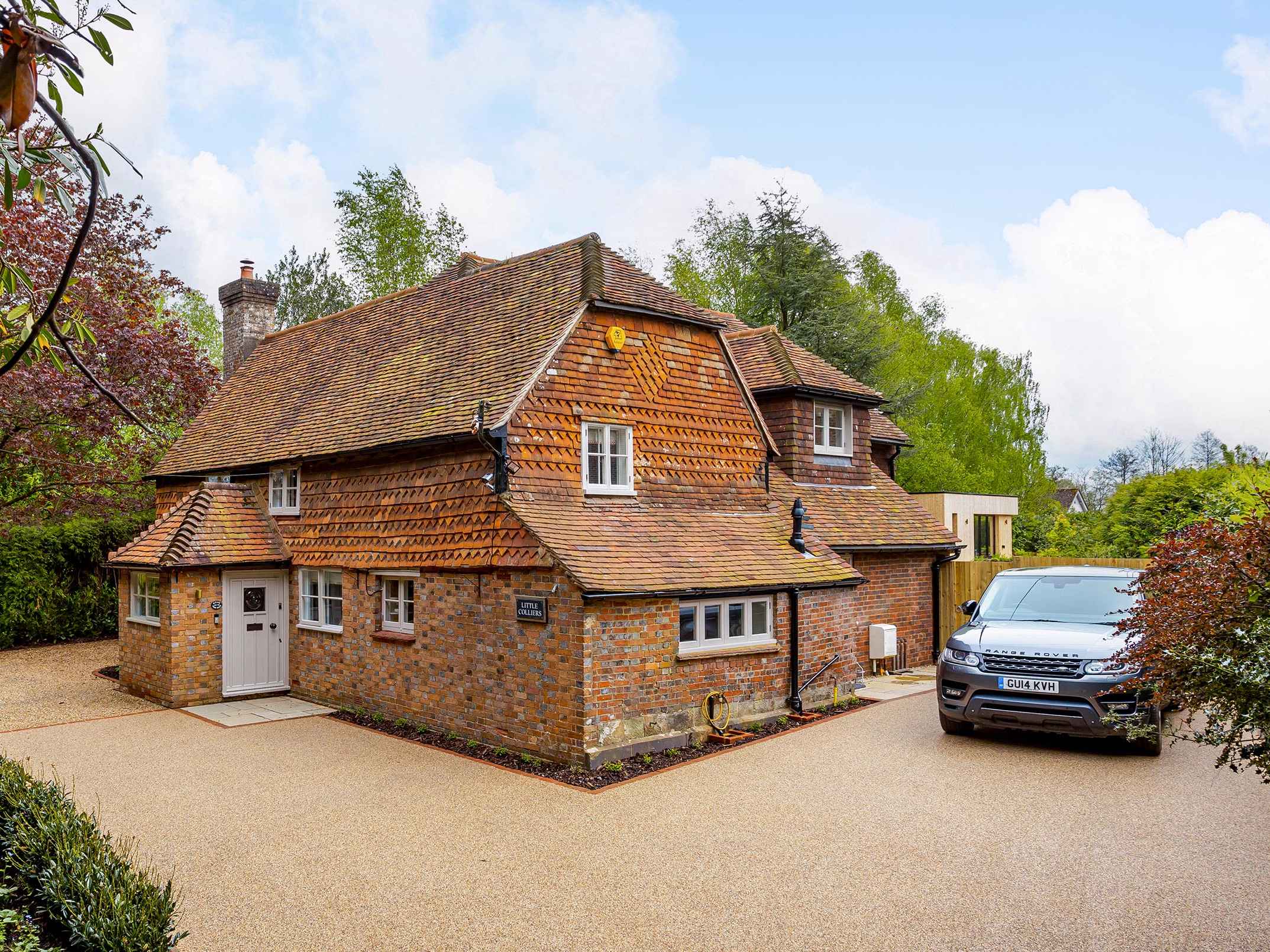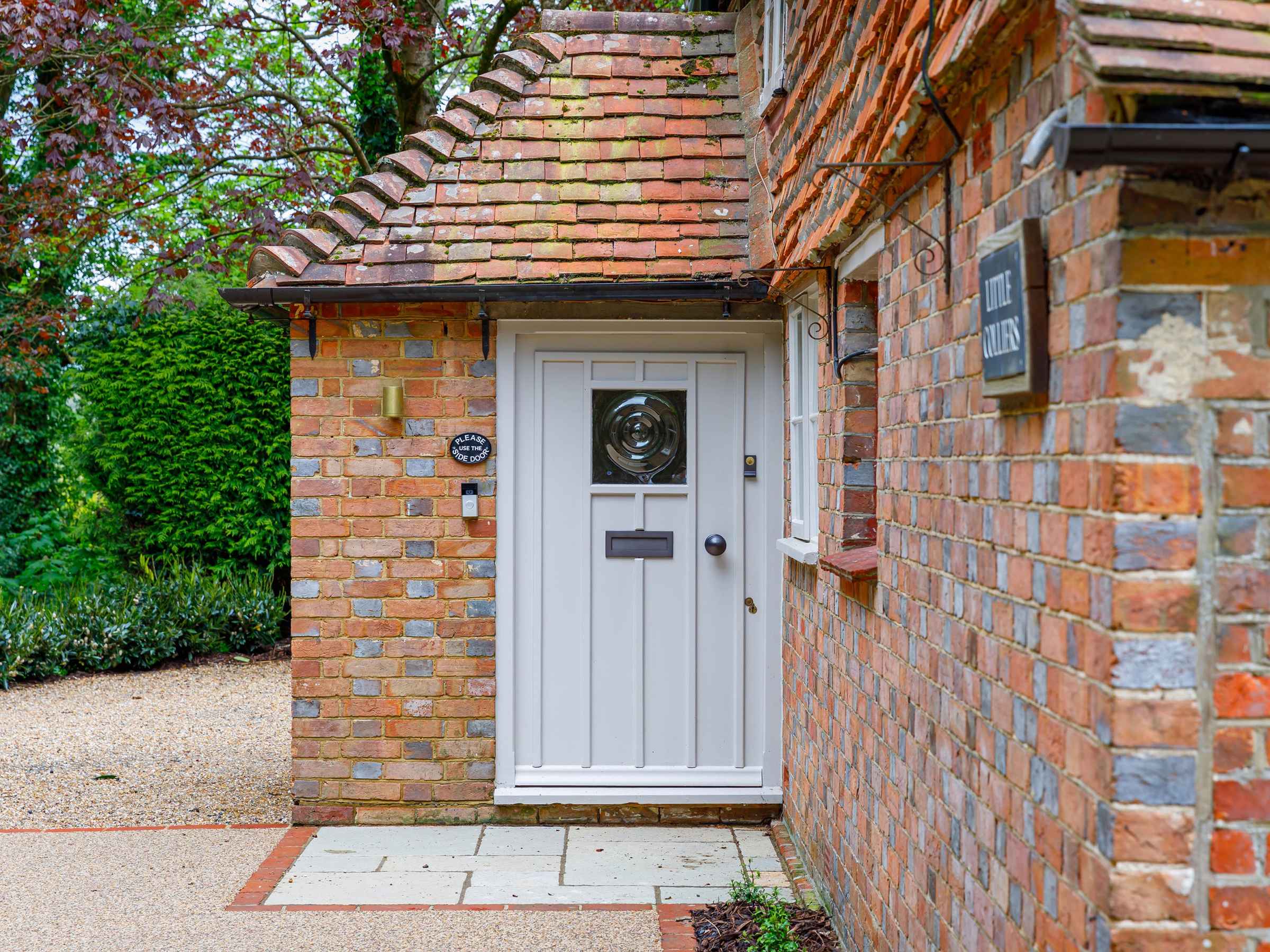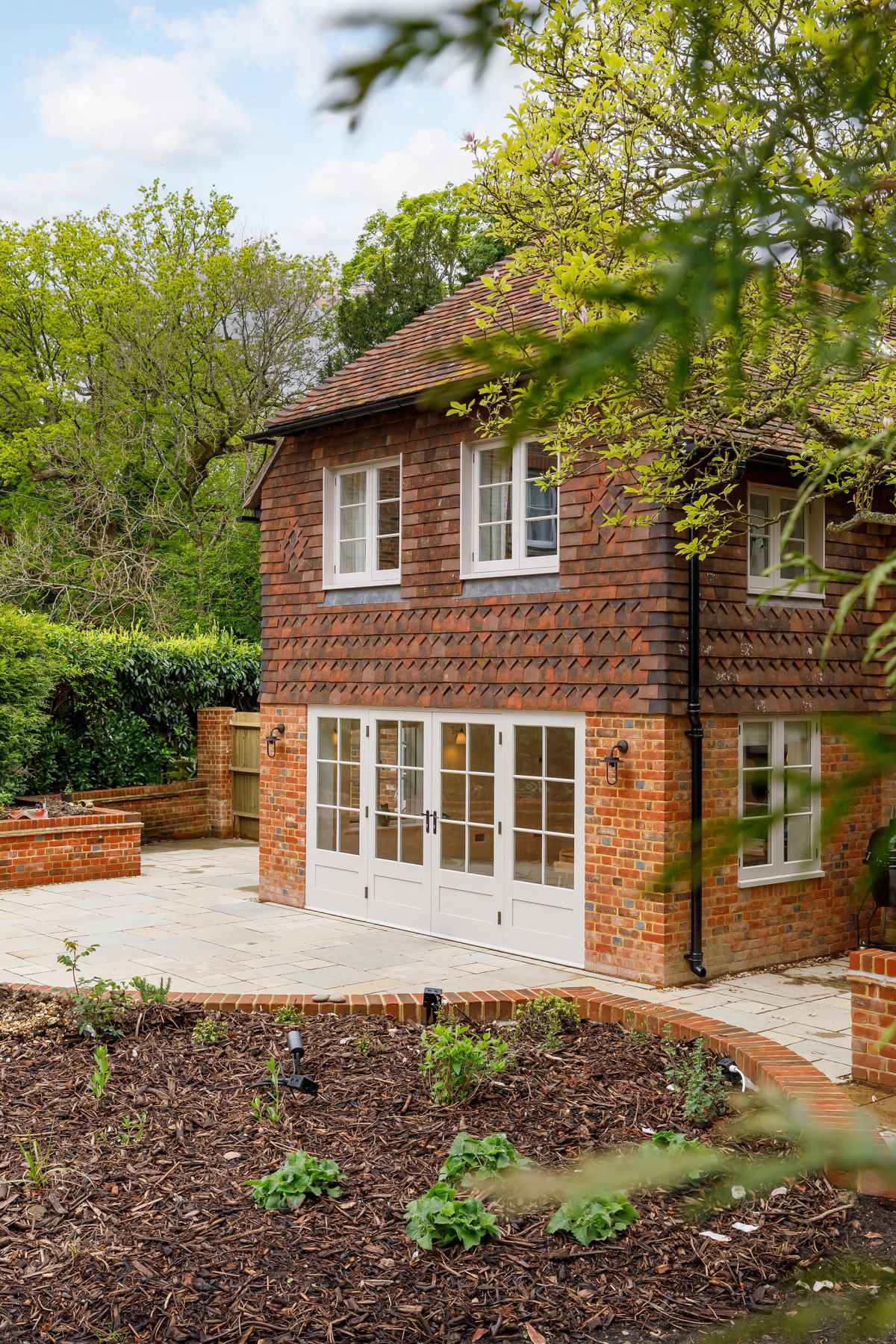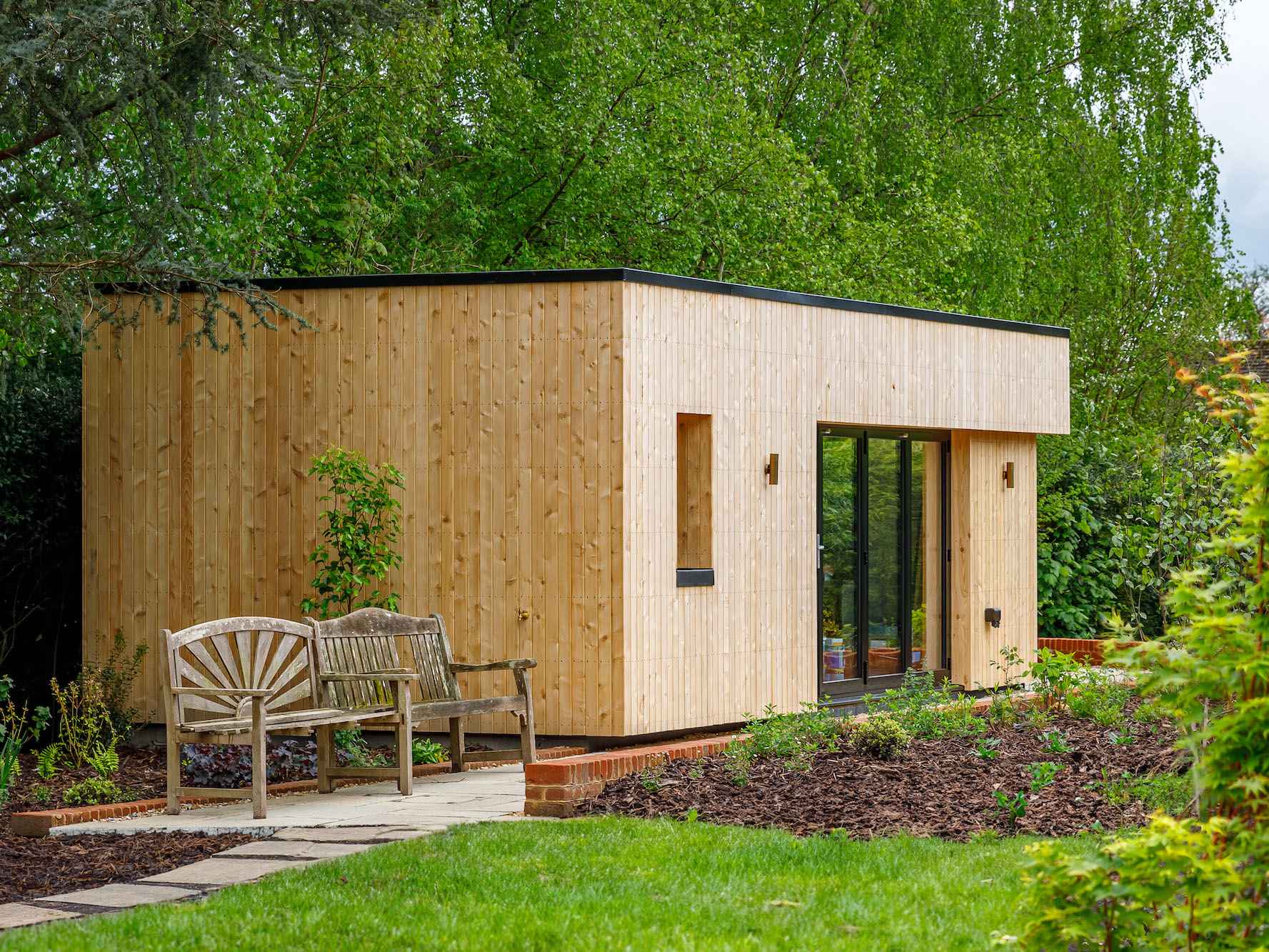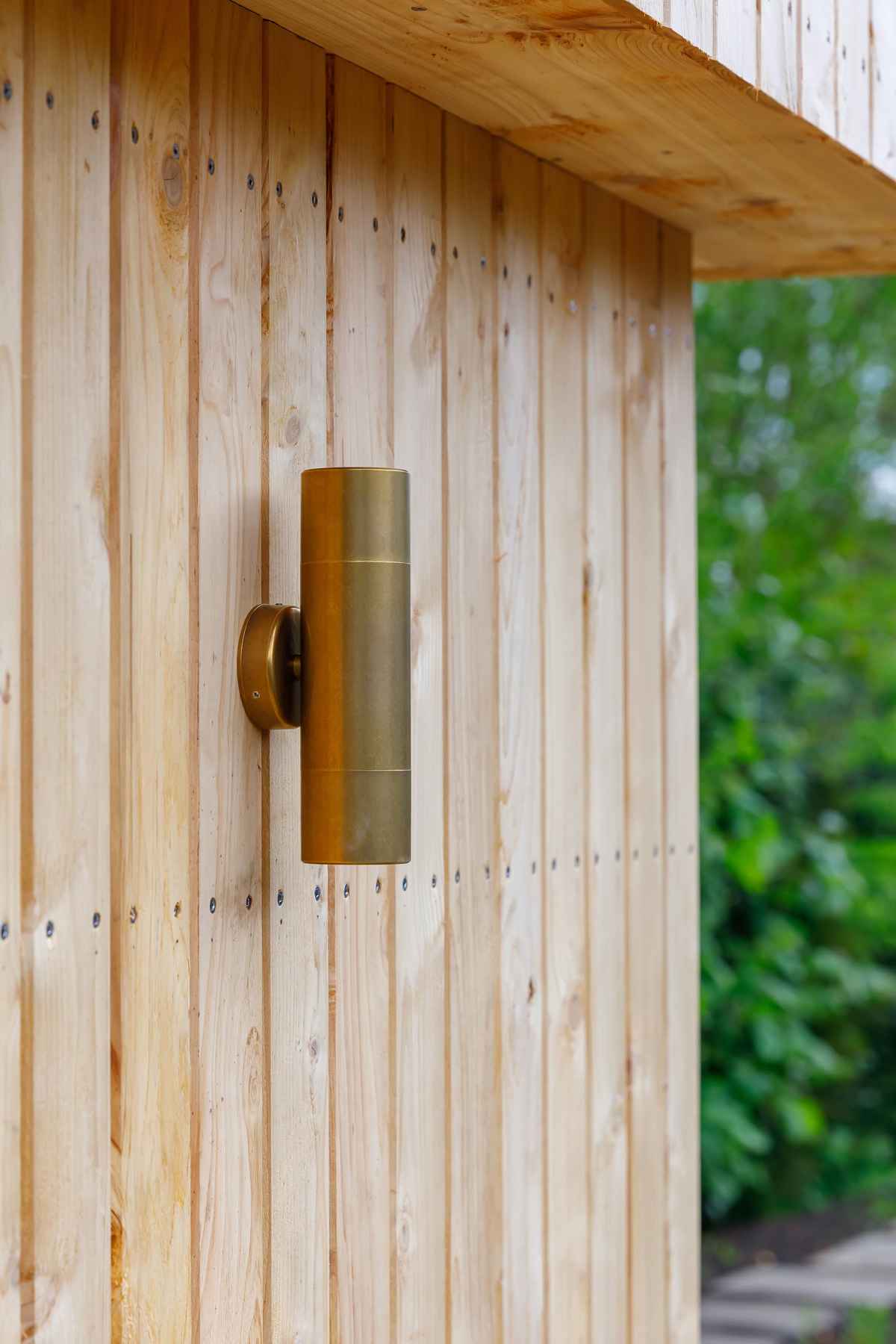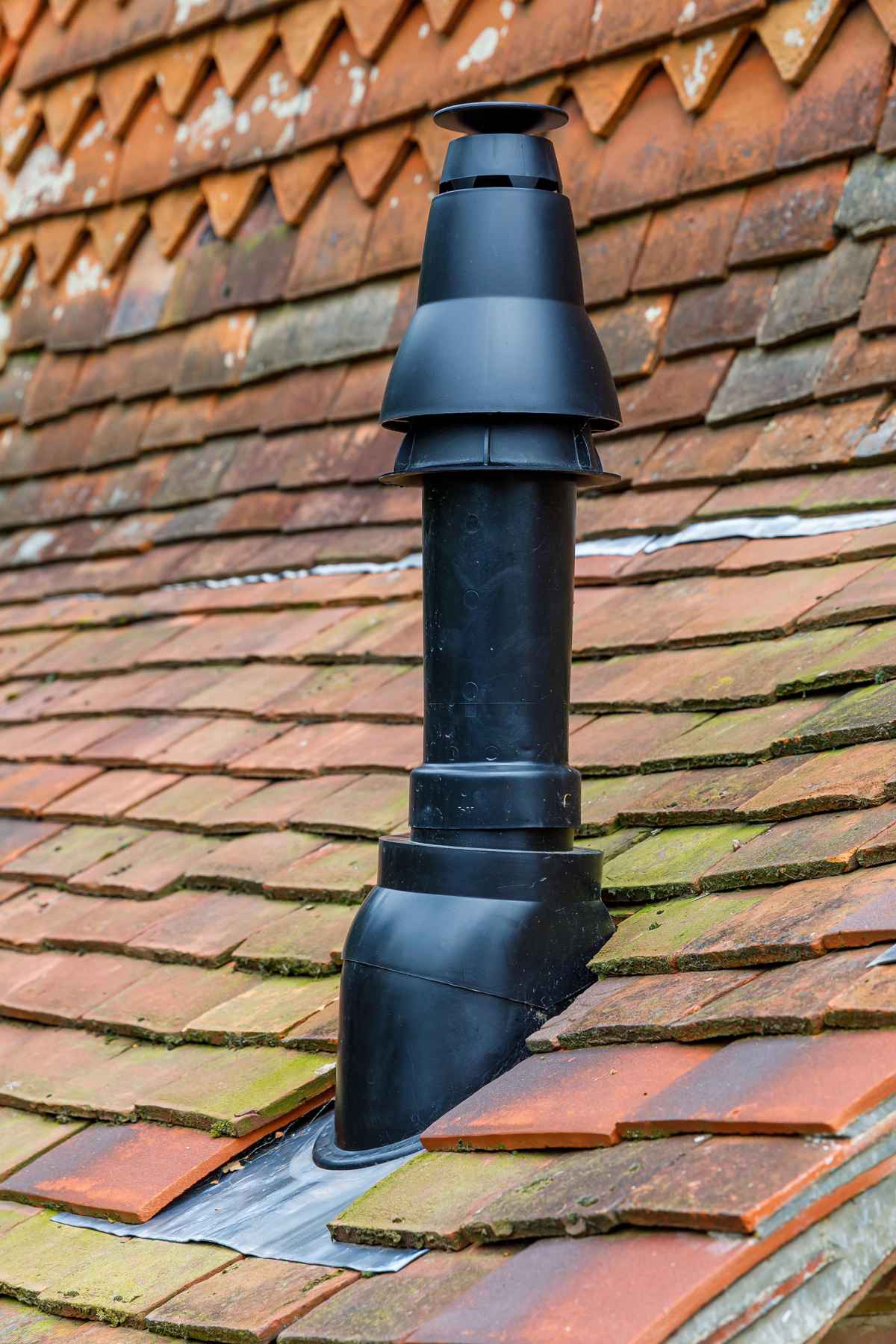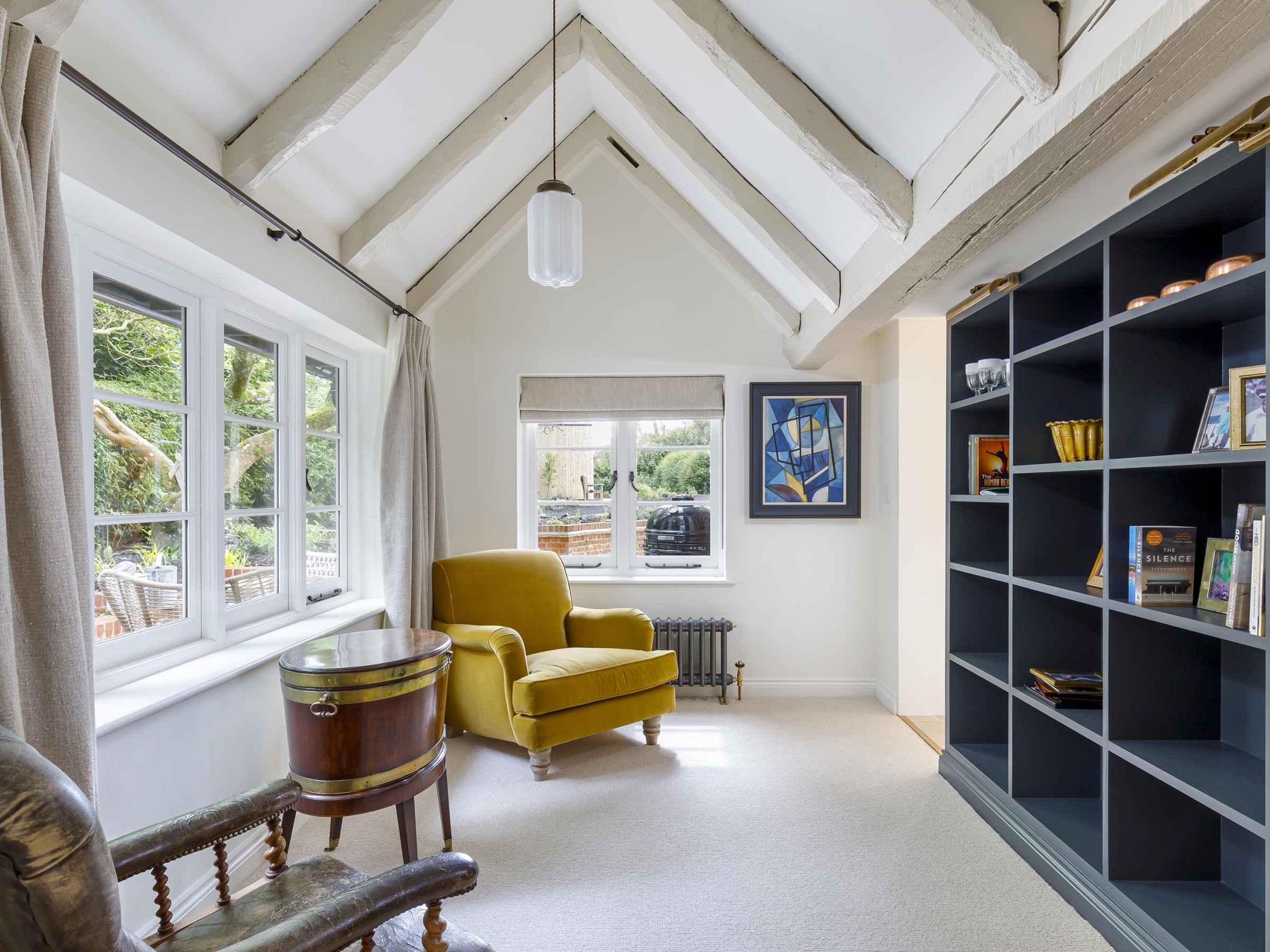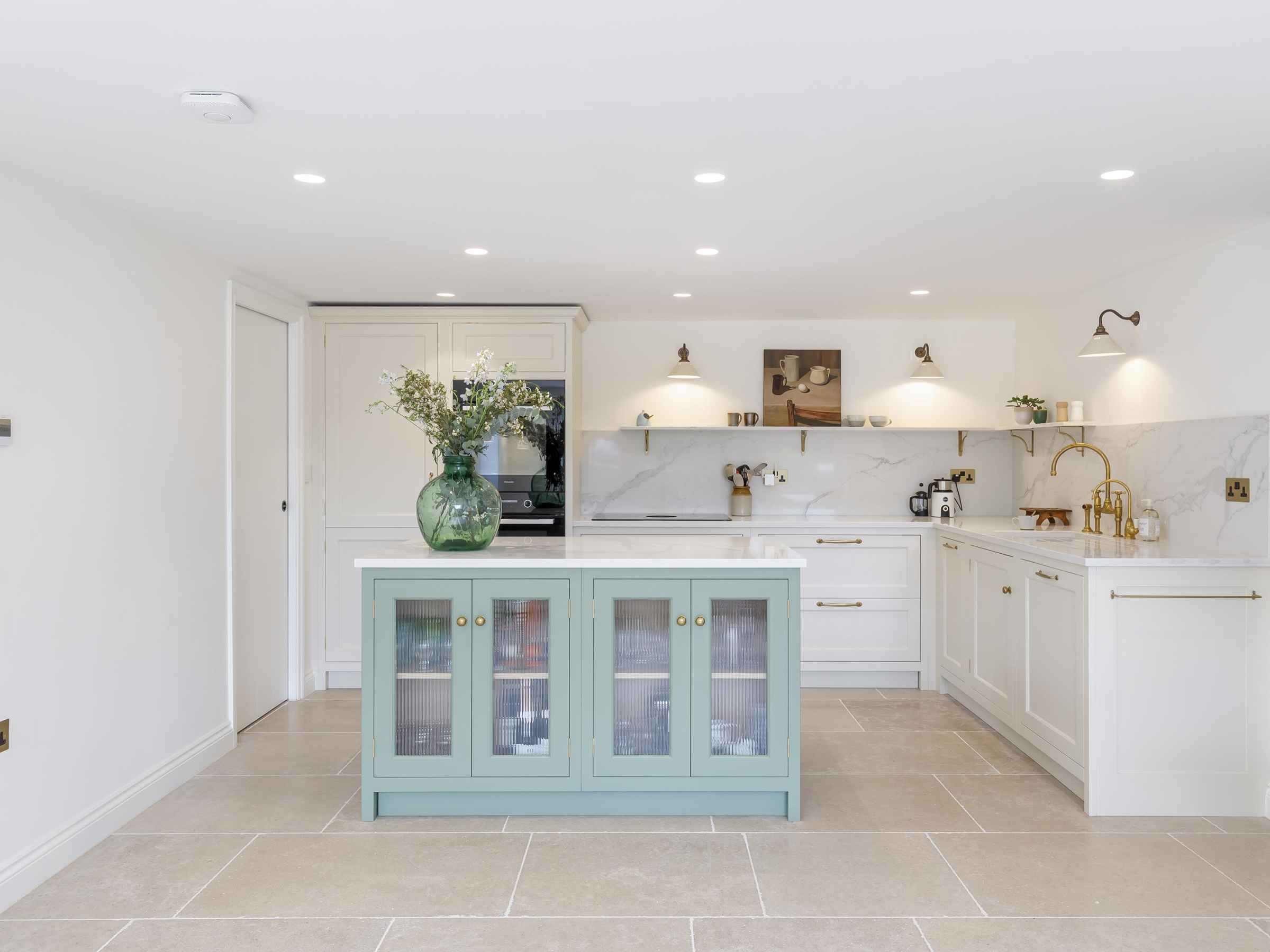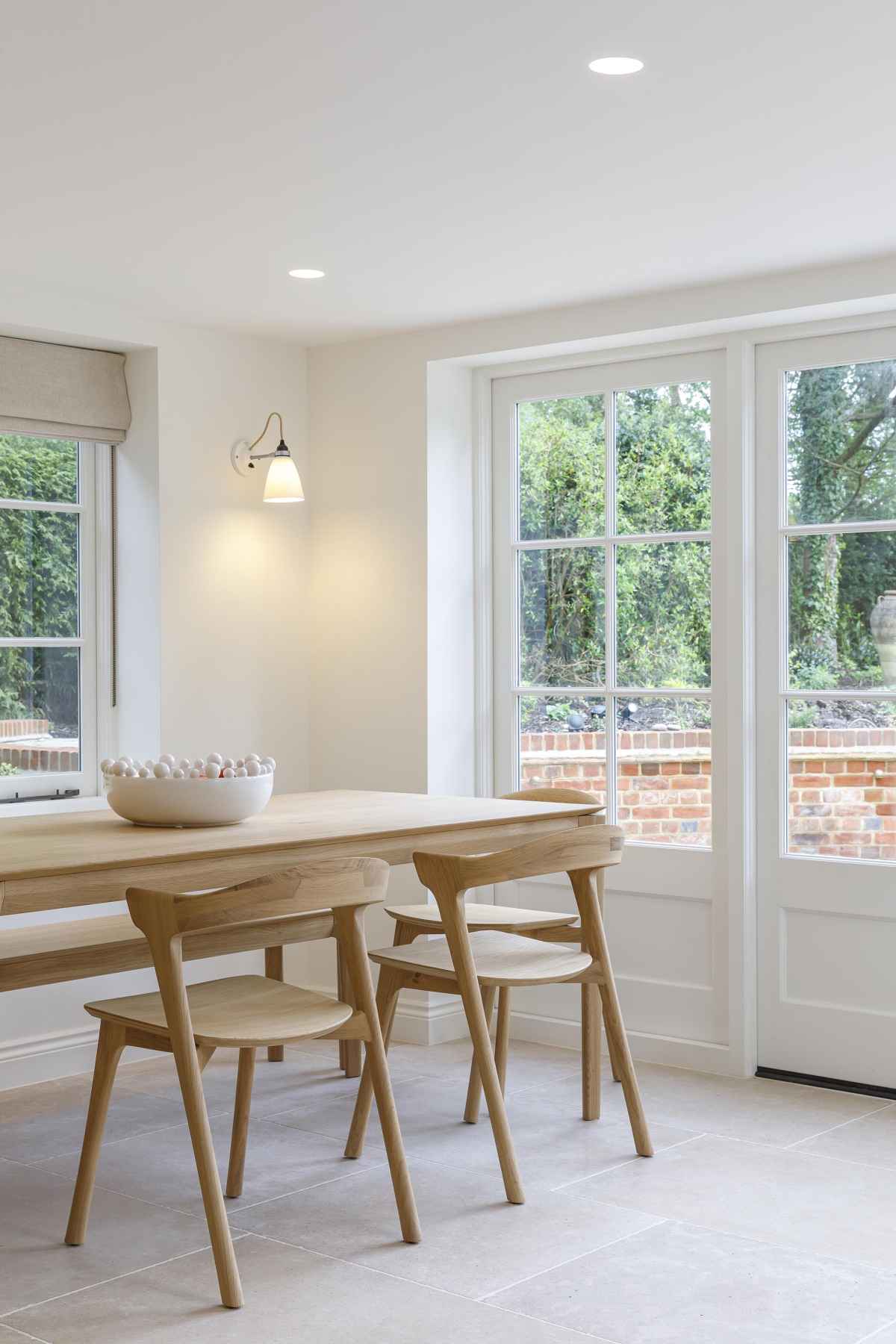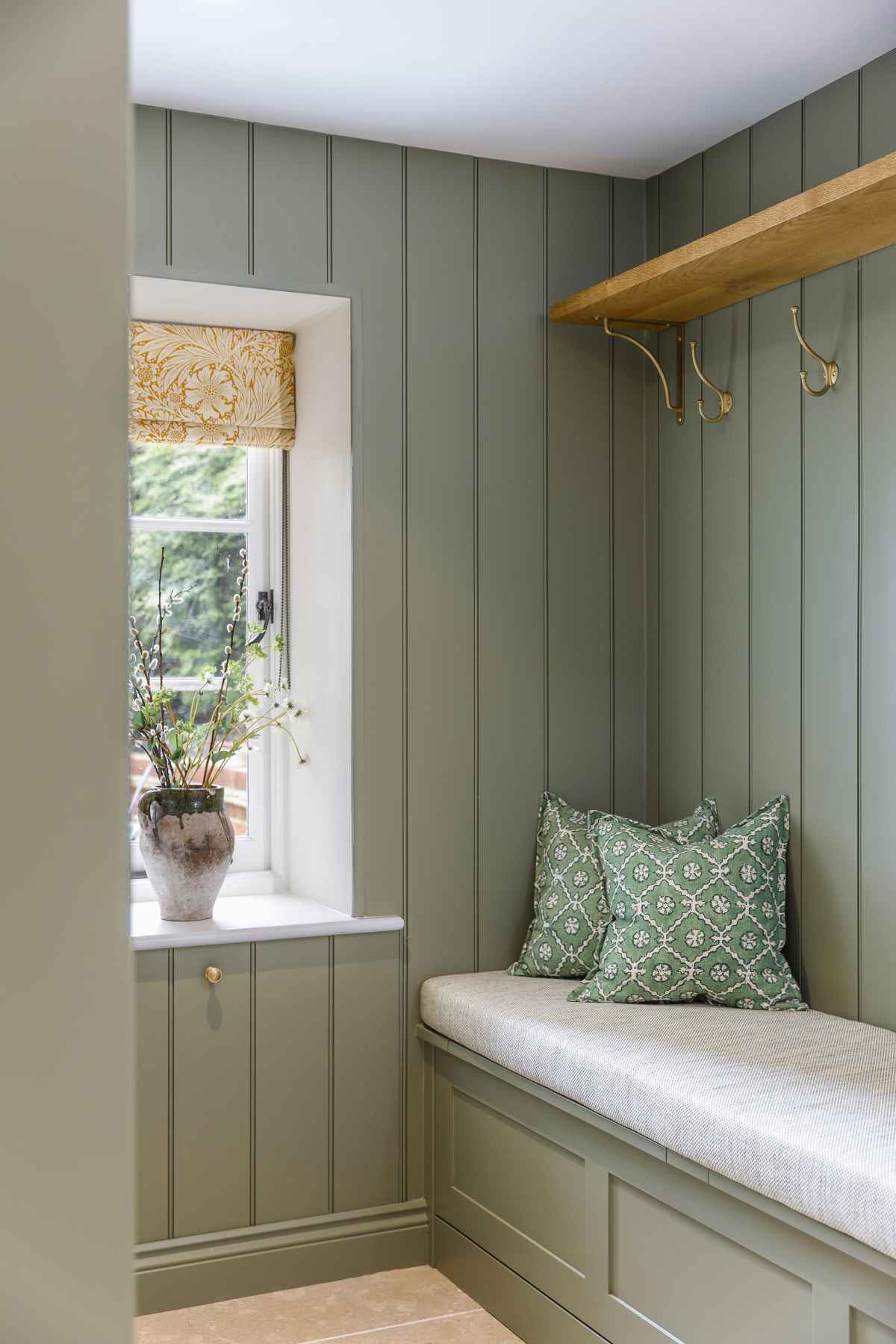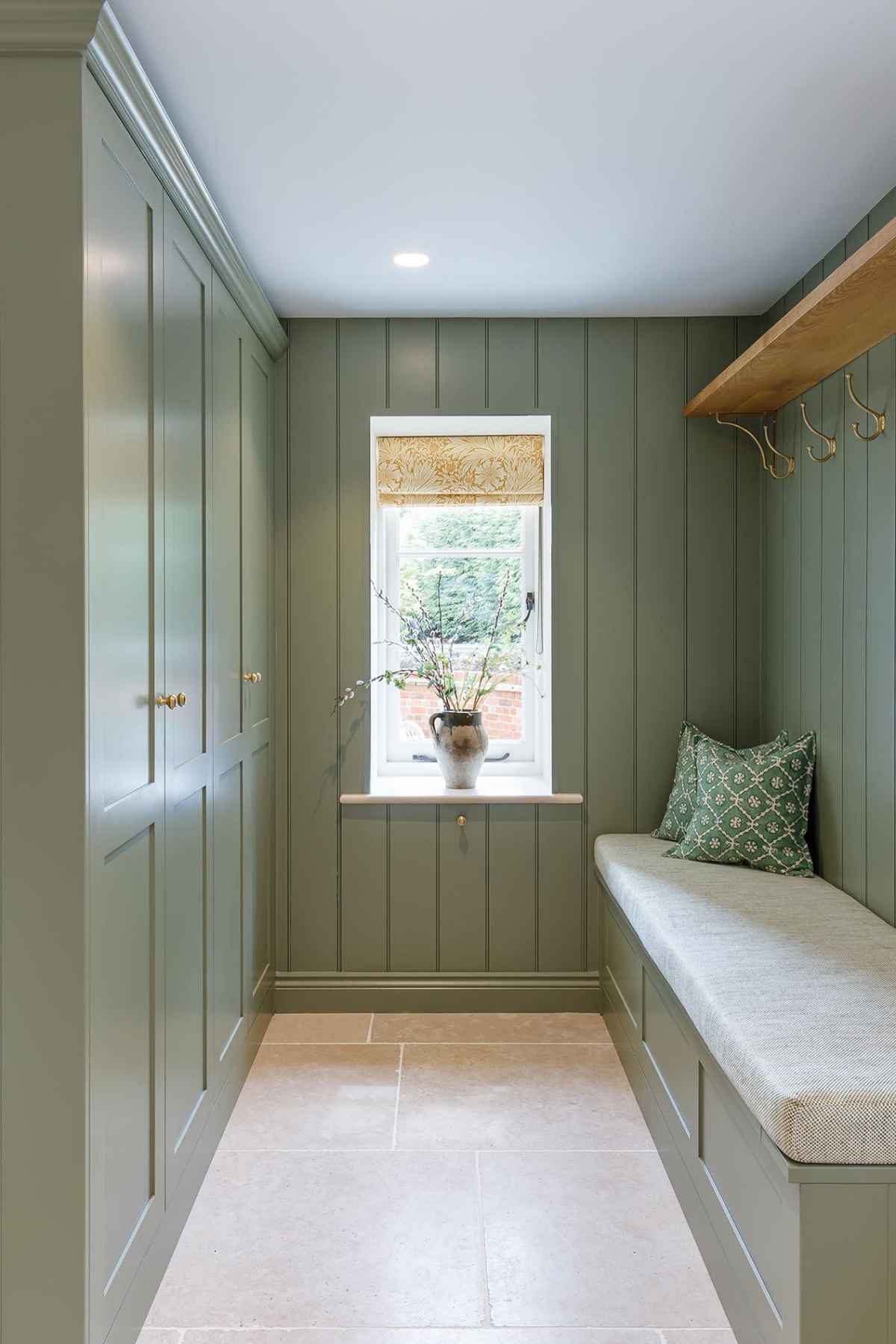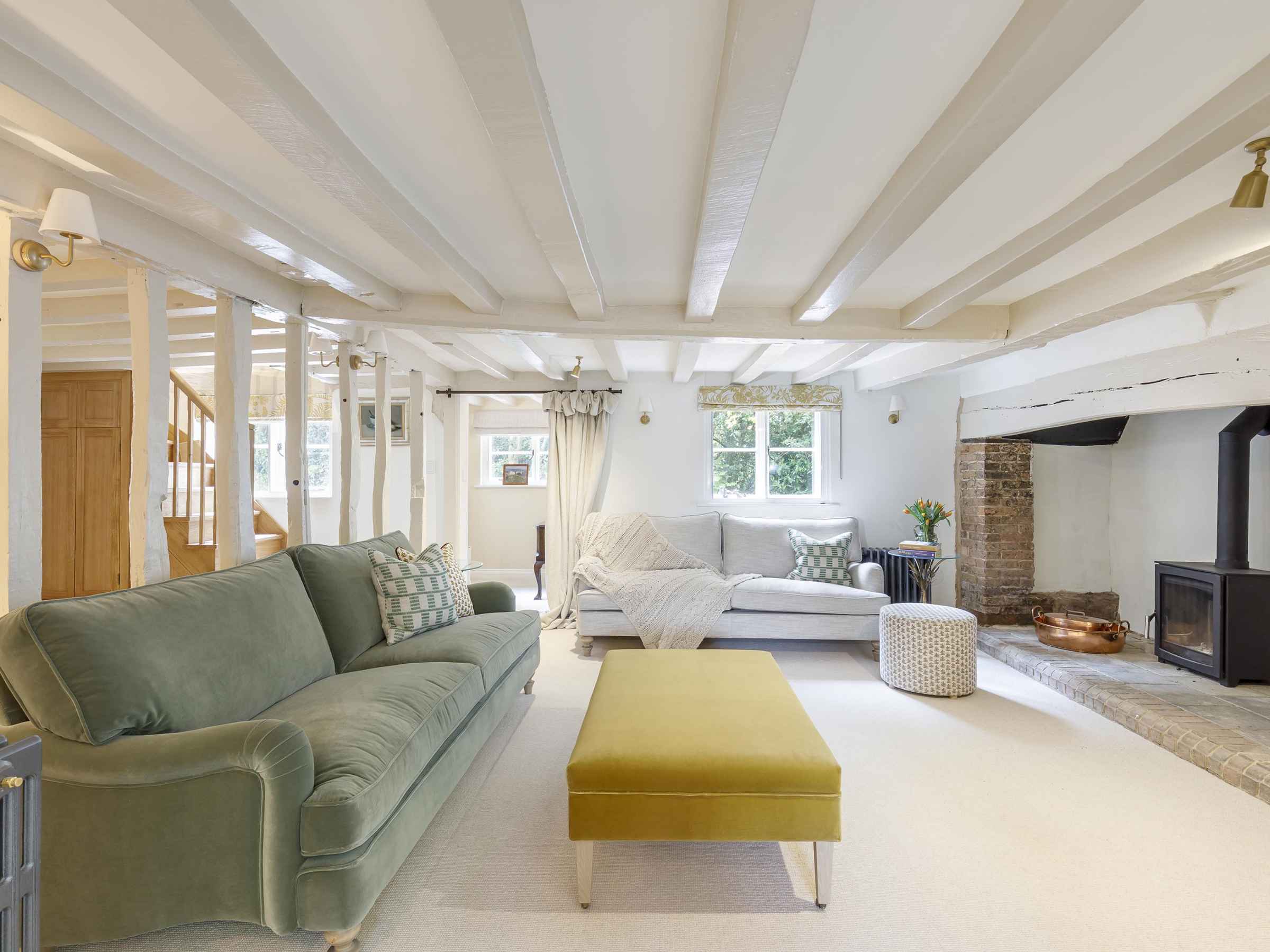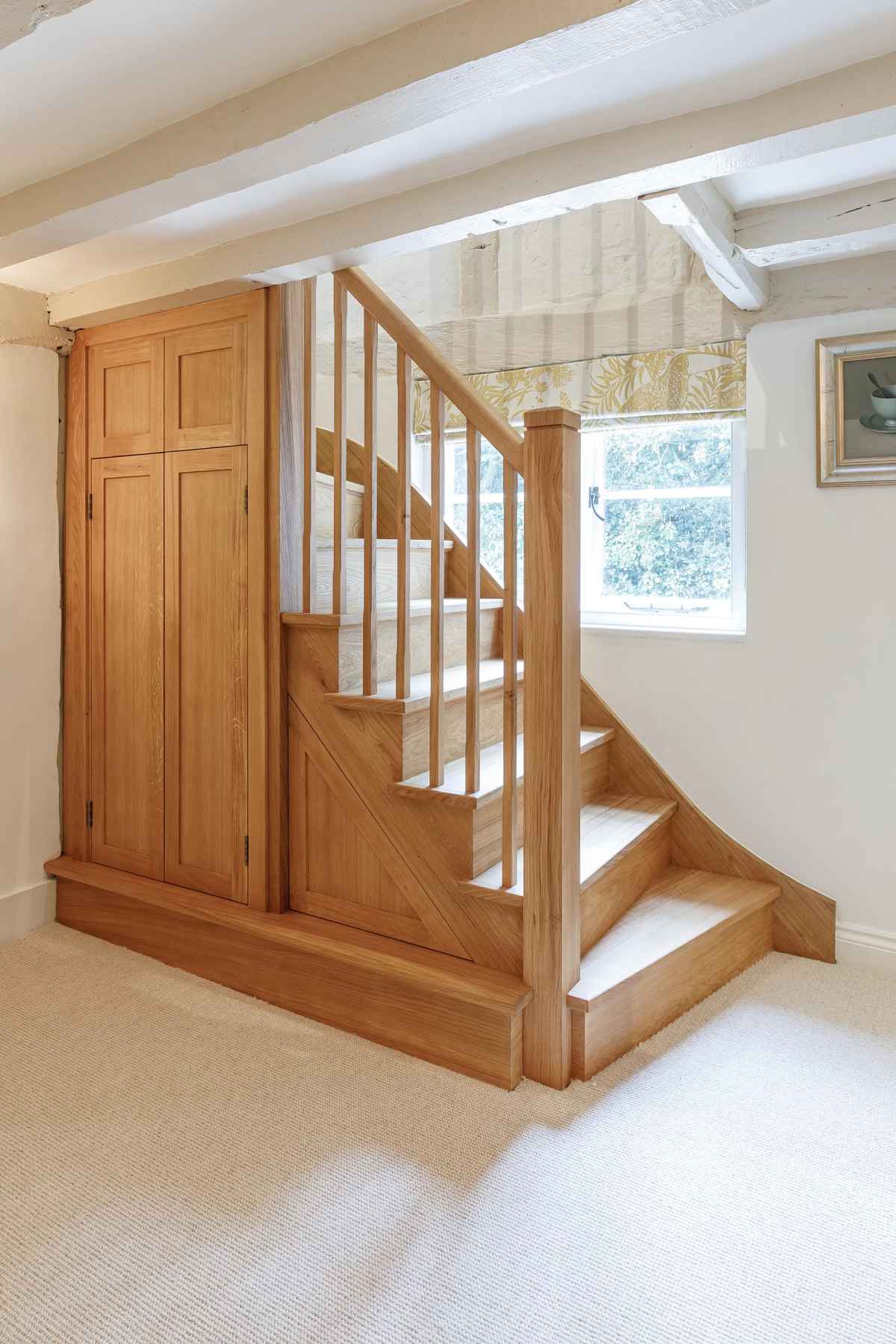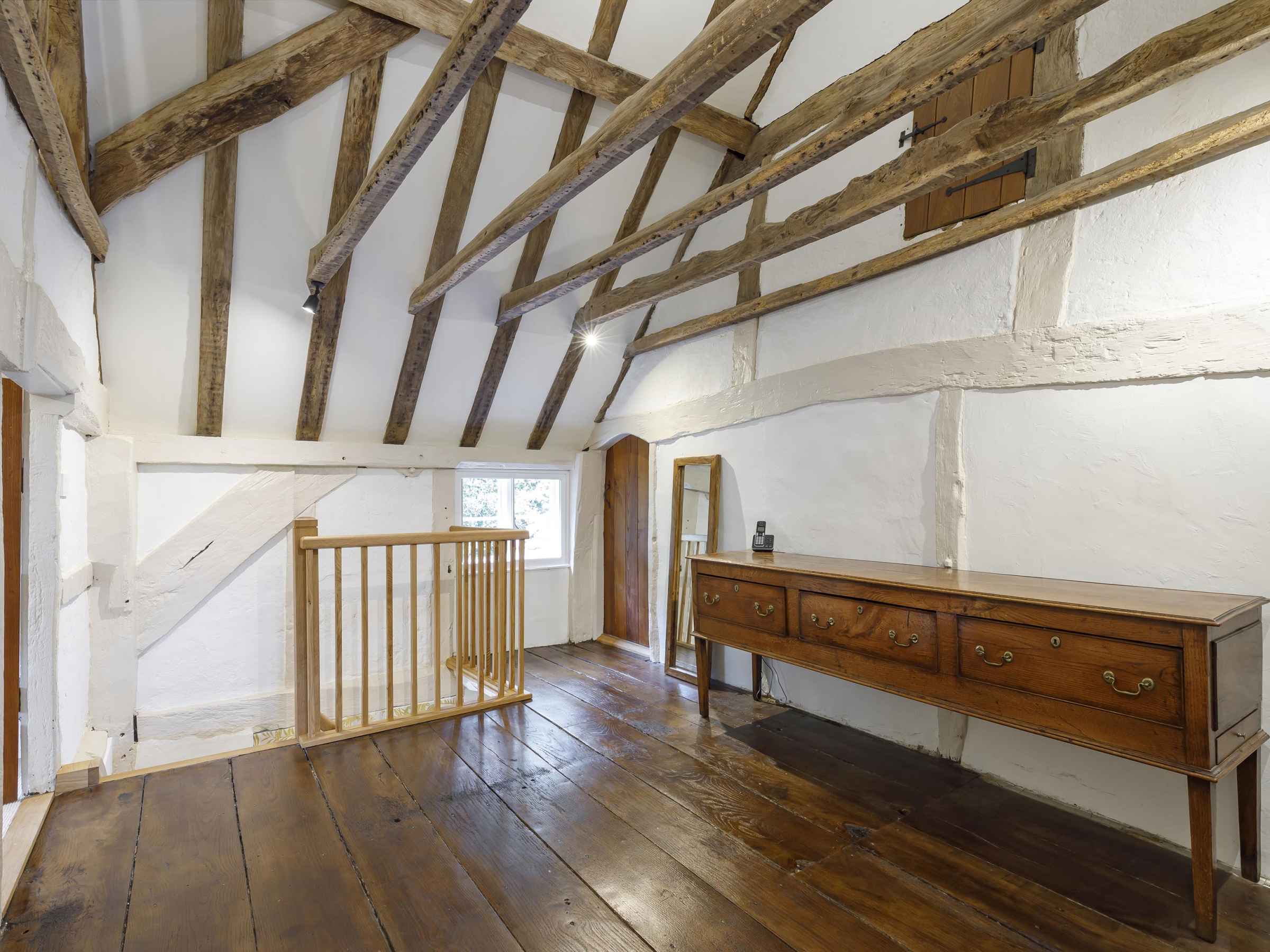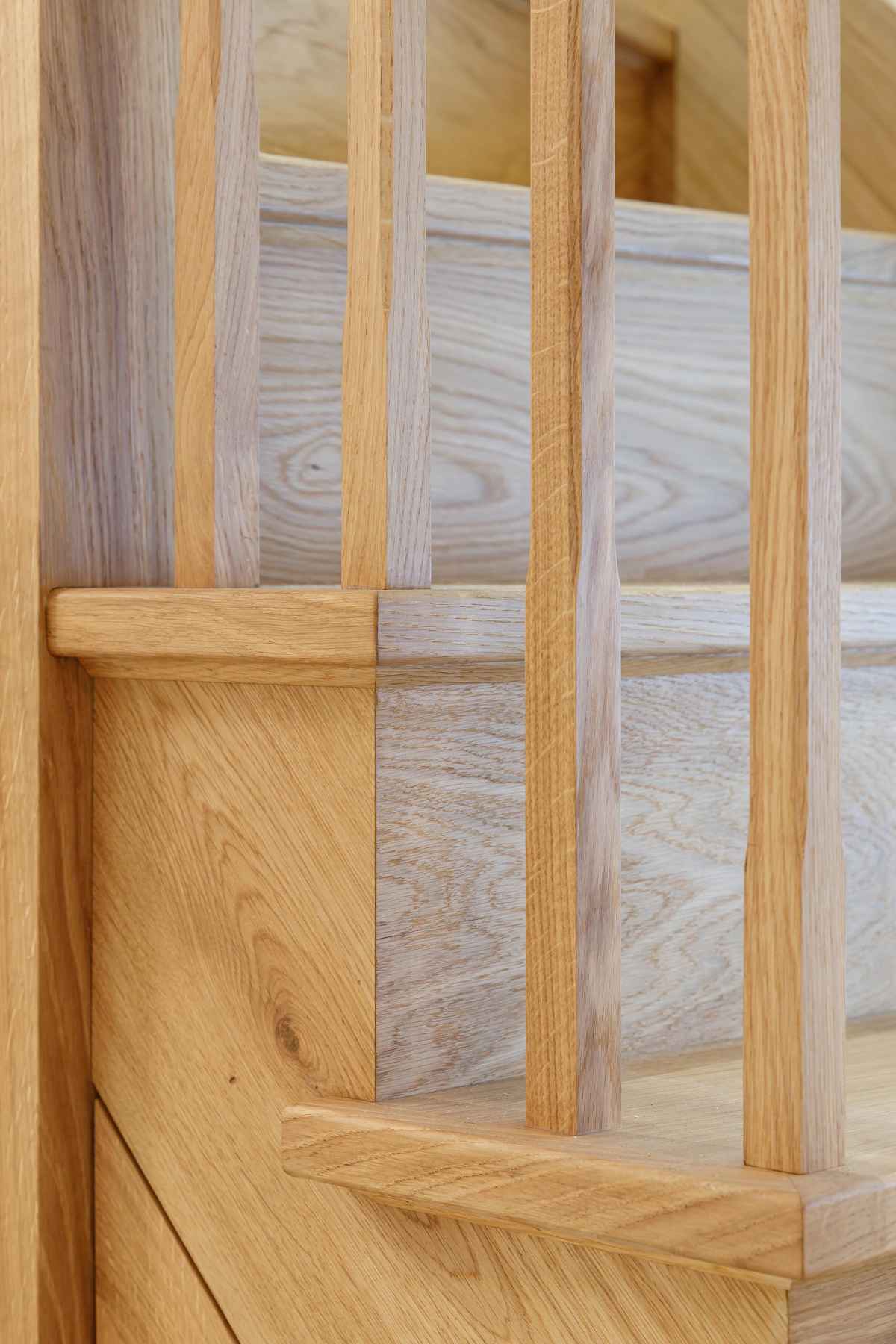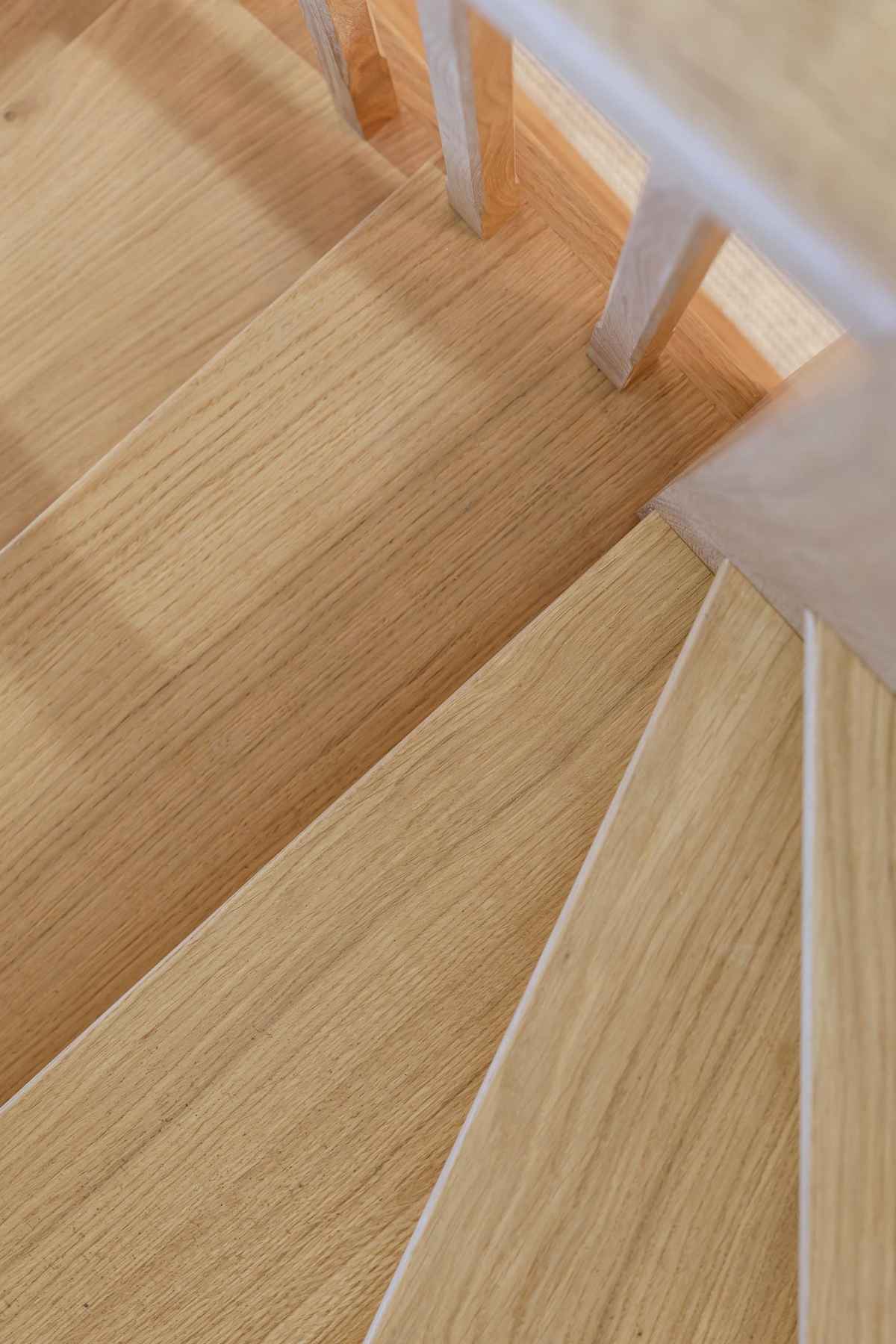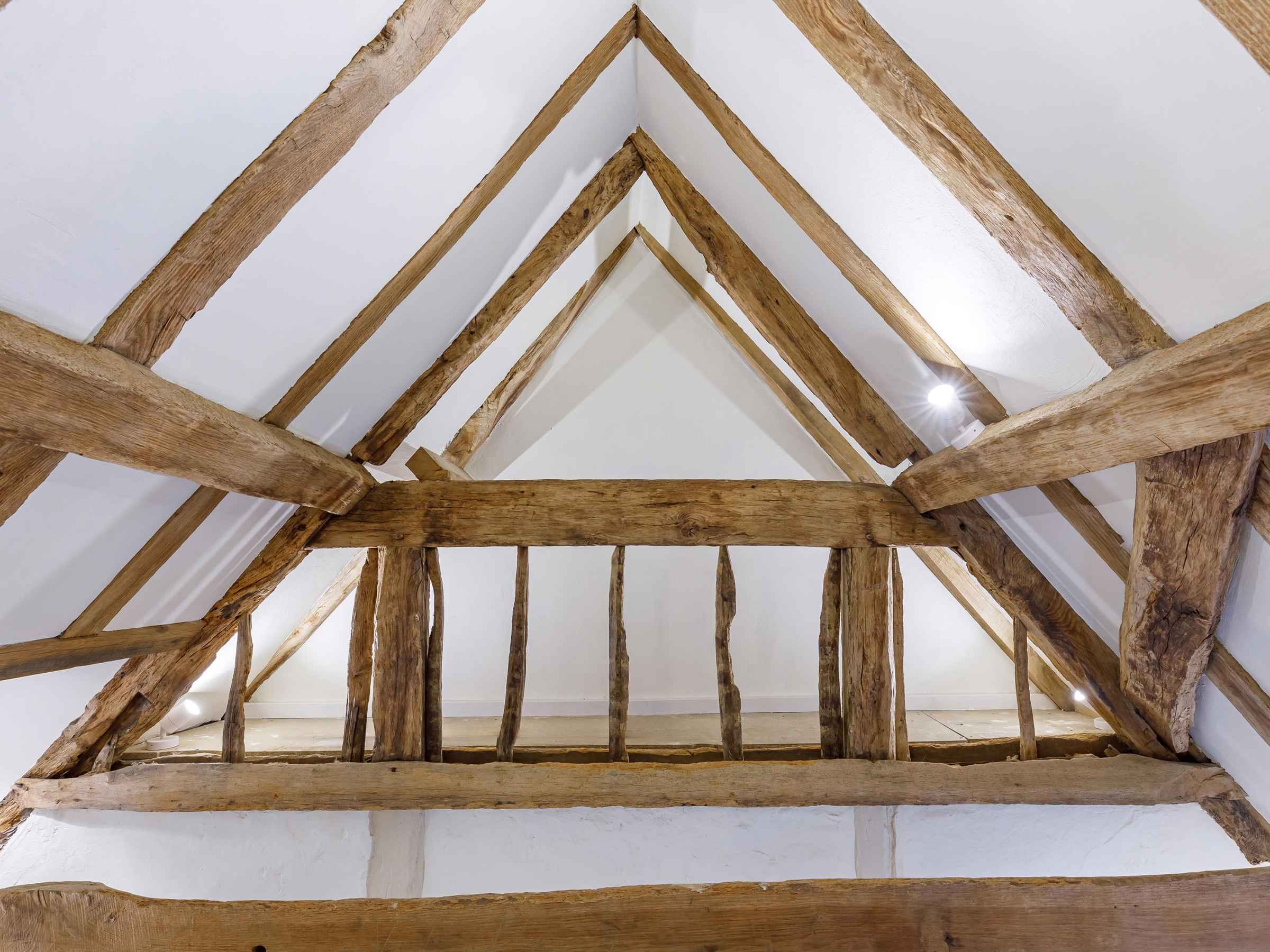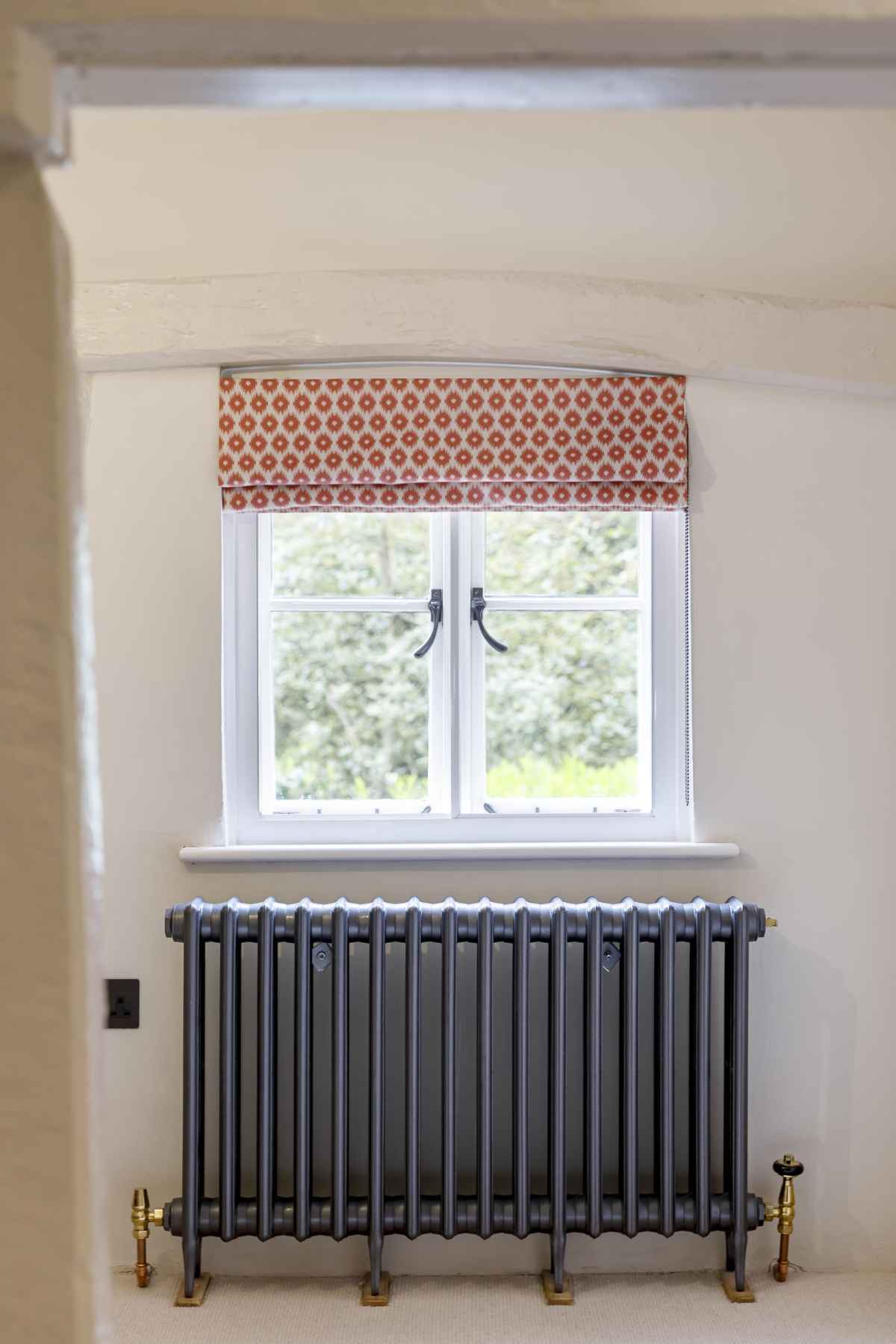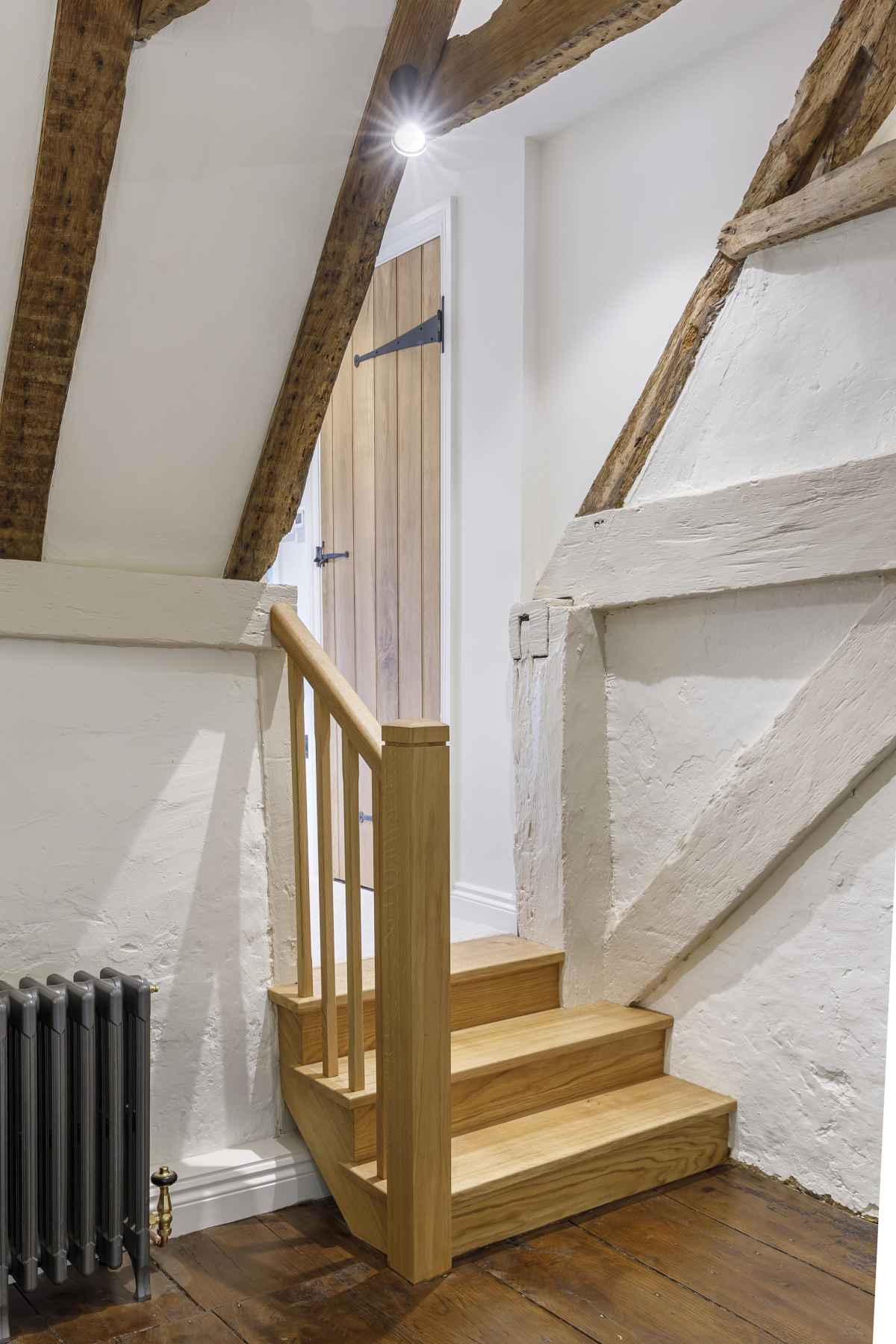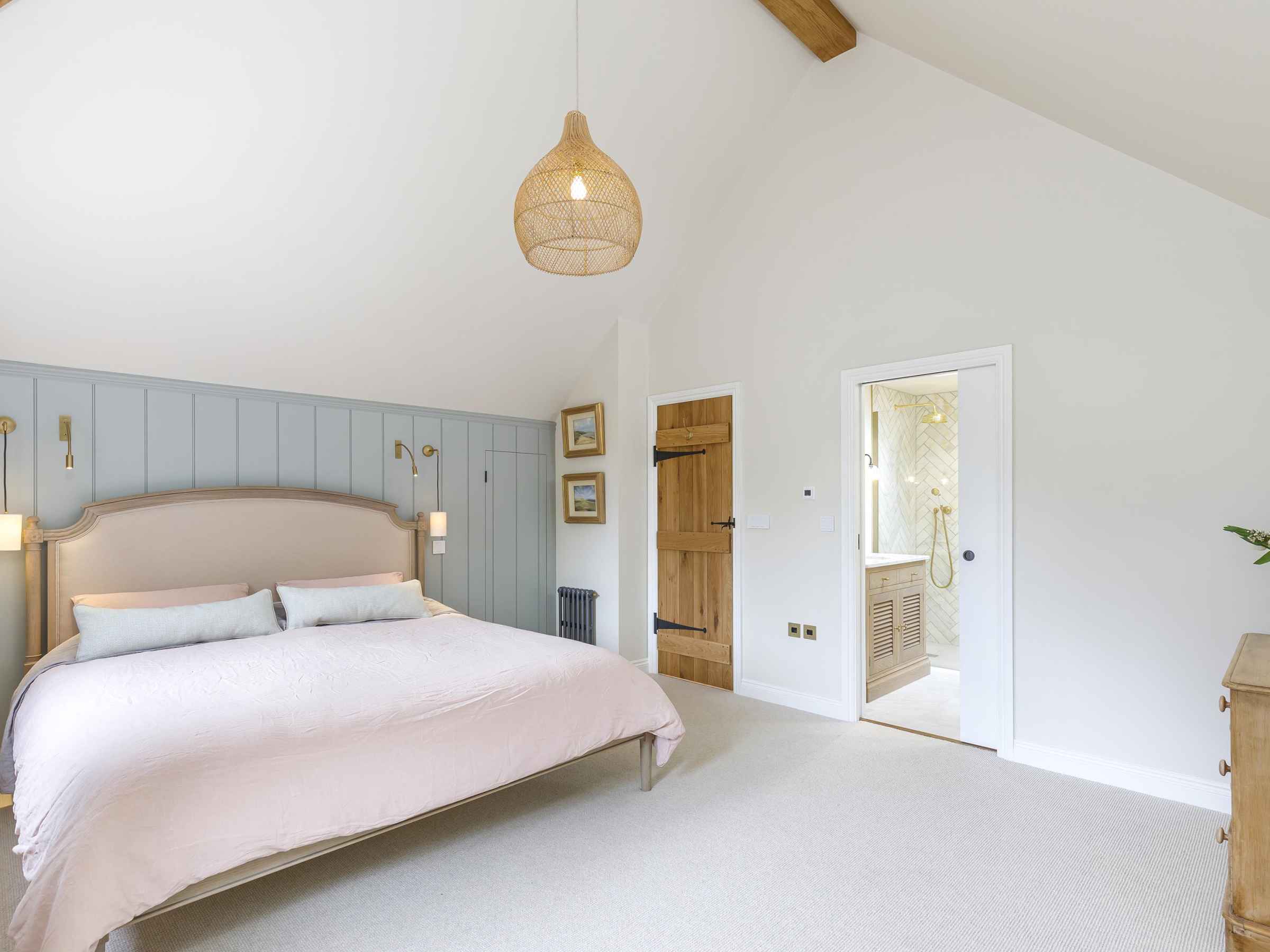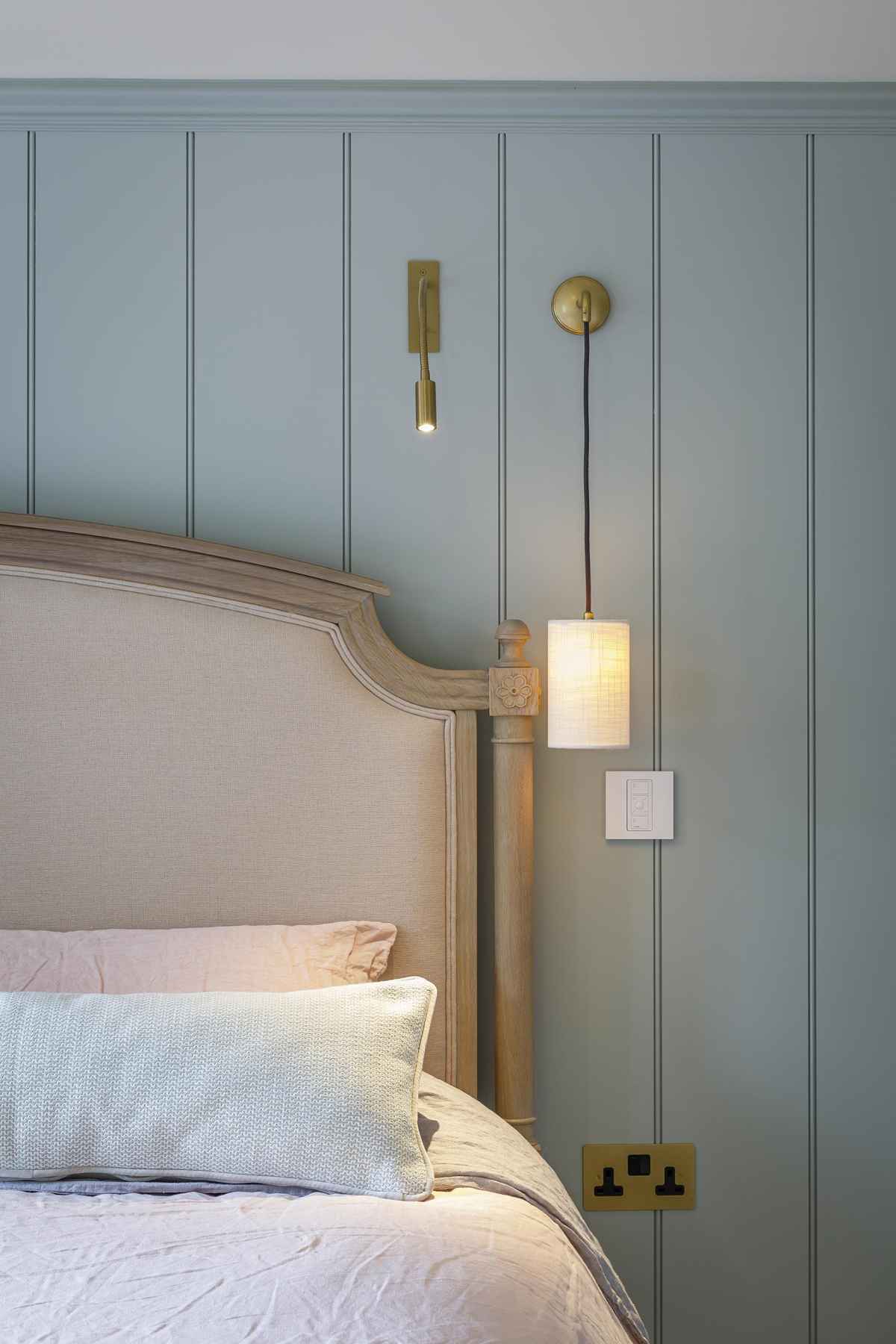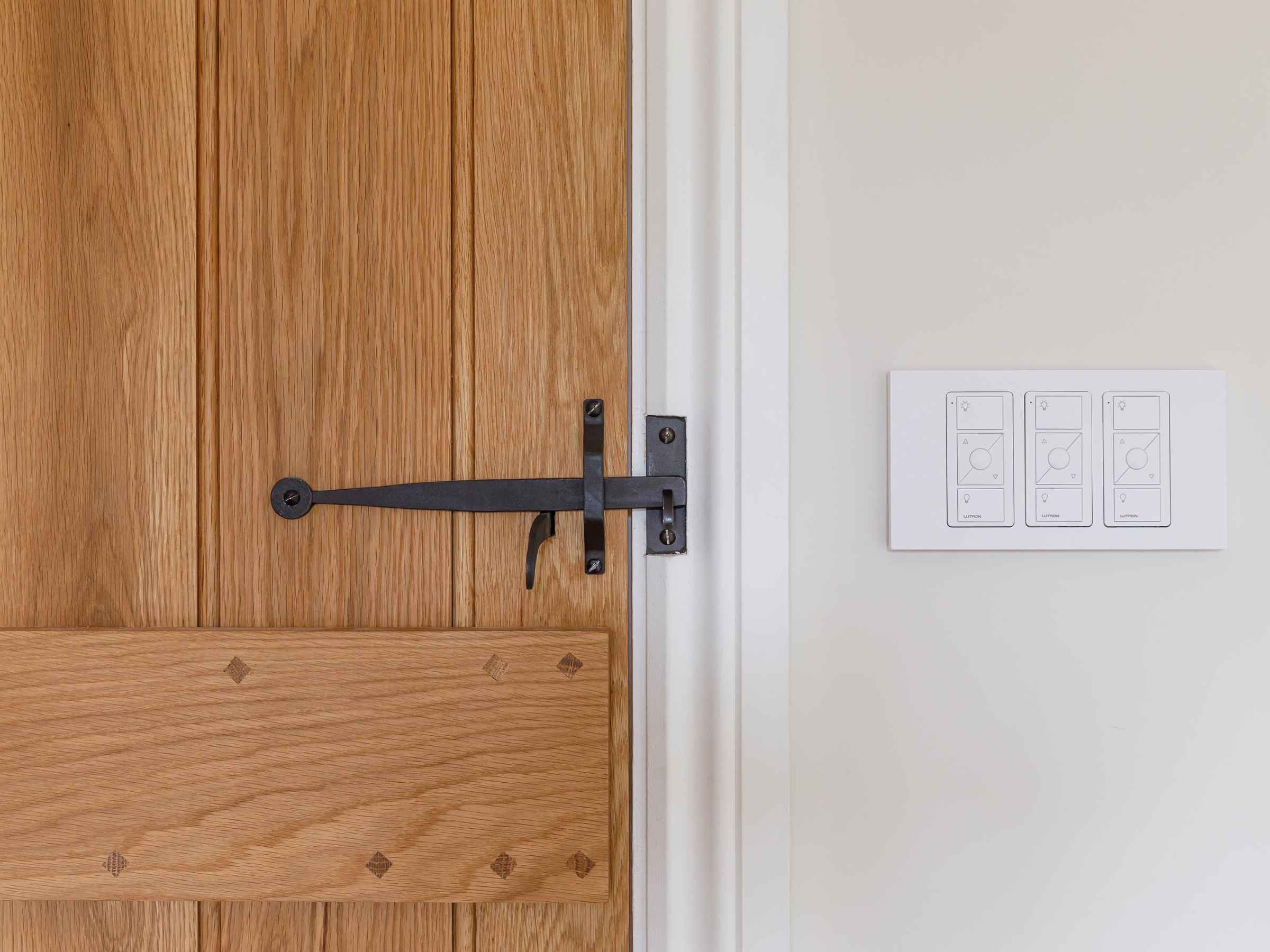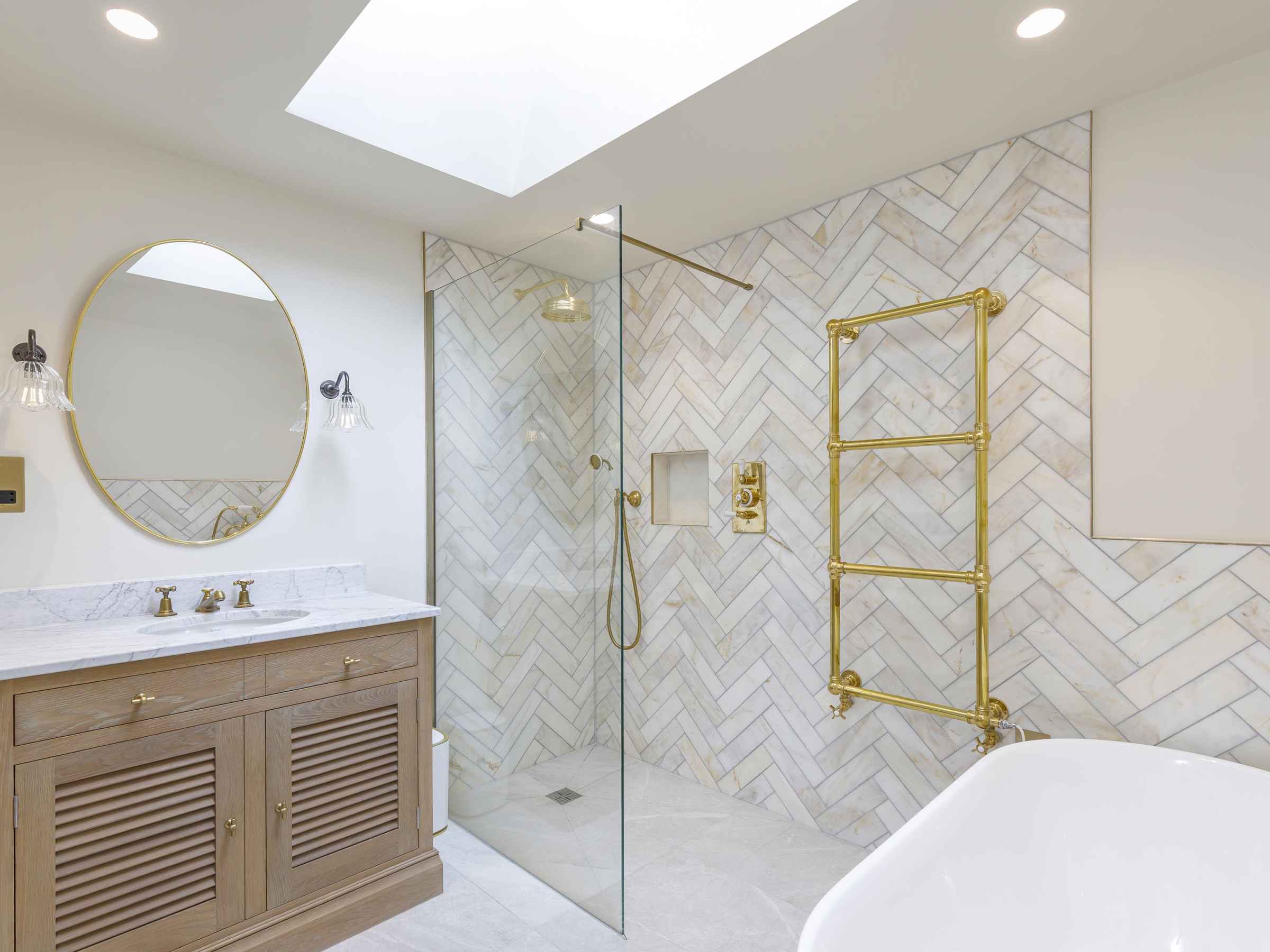Grade II Listed Cottage restoration and remodelling
West Sussex
The Grade II Listed, Little Colliers, is a 17th Century cottage that had been poorly maintained. The historic property required restoration and remodelling to conserve and enhance the heritage asset in its Conservation Area setting.
Situated in a rural location in Mill Lane, on the eastern mid tip of the Balcombe Conservation Area, Little Colliers is tucked high up on a bank on the end of a line of houses. The site is accessed via a steep drive as the front elevation is around 2m above the descending road.
Prior to redevelopment, the old cottage had been poorly maintained with unsympathetic repairs and alterations to the historic fabric of the building. This included a 1970s, two-storey extension, a modern timber conservatory and an old, dilapidated, blockwork stable building.
Works included the demolition of the detached garage to enhance the visibility of the building and improve access to the property and gardens.
The footprint of the conservatory was used to create a new two-storey, energy efficient extension. This new addition unlocked space within the retained elements of the original 1970s extension. which has been remodelled into a new boot room and entrance, and an open-plan kitchen and living room, which has transformed the living space. The former historic kitchen is now a utility area.
At first floor level, a cramped bedroom and bathroom has been converted into a new master bedroom, including a new ensuite and family bathroom. An ugly addition of a flat roof dormer has been removed and replaced with a pitched roofscape that enhances and flows from the historic 17th century roofscape.
The previous stepped garden, with minimal level space accessible from the cottage, has been landscaped to provide a delightful and valuable patio area. New steps have been created, which give access to the garden and a new annex beyond. The annex has converted the previously underused and dilapidated stable block into a new office and ancillary living and overspill guest accommodation, via a highly energy efficient retrofit. Clad in English Cedar, sustainably felled less than a quarter of a mile from the site, it provides a modern juxtaposition to the listed cottage.
The former tarmac driveway has been sympathetically reprofiled to allow easy access to a new gravel drive. Lush, mature hedging and trees, which form the boundaries to the site, has been retained.
Restoration works included:
- complete re-roofing in carefully sourced, reclaimed clay tiles, which were blended with any retained tiles
- reinstatement of cast iron rainwater goods to replace PVCu additions
- traditional lime plaster repairs
- removal of a 1970s, beehive style brickwork fireplace
- exposing traditional oak joinery repairs to the original fabric
- replacement of a 1970s restricted staircase and steps with an oak open tread staircase
- retrofitting works using wood fibre insulation and lime plaster where possible
- retaining, restoring and draft-proofing historic windows, transforming the thermal comfort for future generations
In summary, sympathetic repairs, restoration and preservation of the listed cottage have been made throughout, allowing the cottage's history to shine through.
